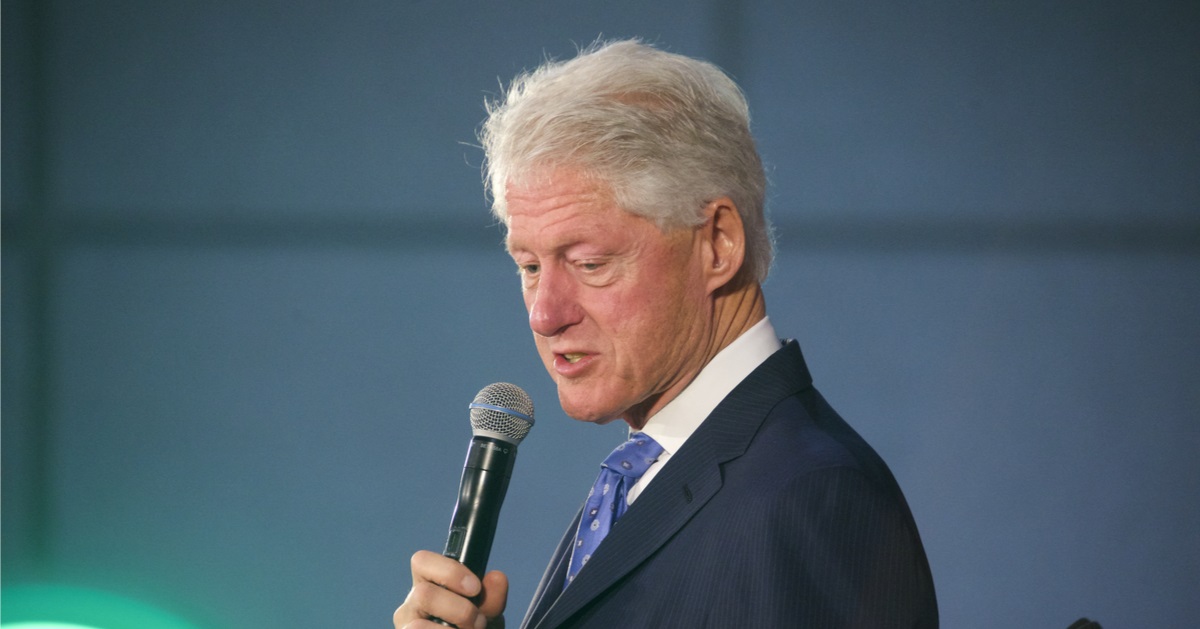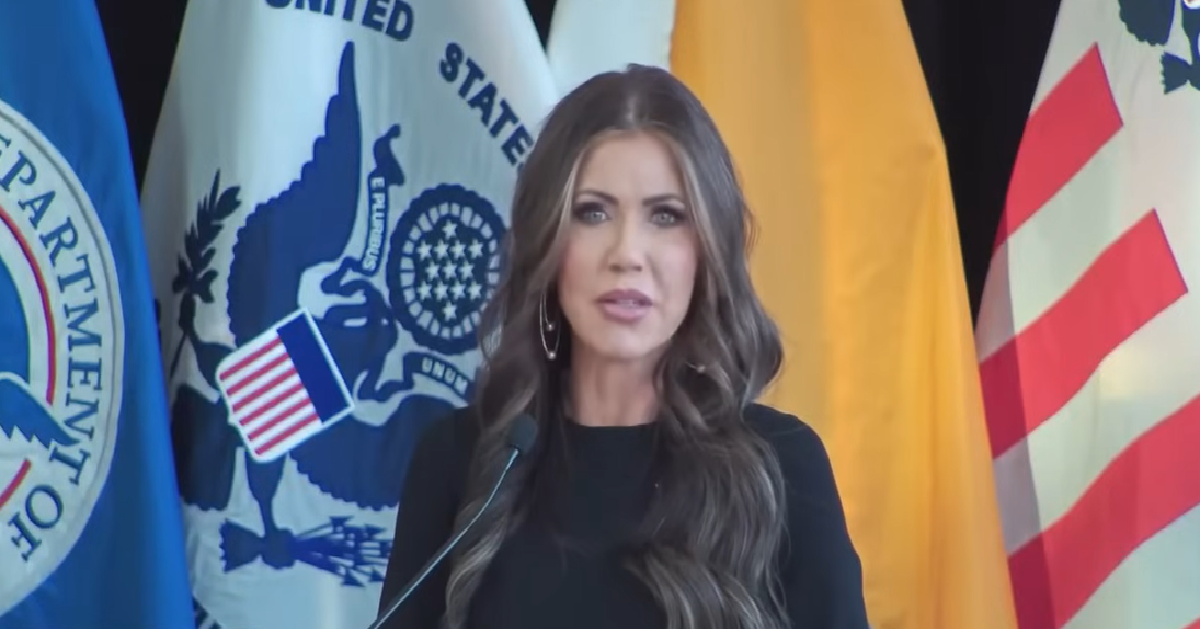Thomas issues critical warning for AR-15 owners in dissent to Supreme Court upholding Biden ATF's 'frame and receiver' rule
On Wednesday, the Supreme Court upheld a Biden-era rule that sought to regulate weapon parts kits and unfinished frames and receivers as though they were complete and operable firearms.
Justice Clarence Thomas dissented from the majority, however, and warned that the overbroad logic they used "invites unforeseeable consequences and offers no limiting principle" for future federal regulations, according to Fox News.
In essence, Thomas cautioned that the majority's opinion could be expanded upon and exploited by a future administration to broadly encompass other common and popular firearms, like the semiautomatic AR-15 rifle, under the strict regulations that apply to fully automatic machineguns.
The ATF's "frame and receiver" rule
In 2022, the Biden-Harris administration's Bureau of Alcohol, Tobacco, Firearms, and Explosives suddenly altered its long-held prior stance and issued a rule that would regulate weapon parts kits and unfinished firearm frames and receivers as though they were complete and fully functional firearms, ostensibly to compete the increasing prevelance of home-built and unserialized "ghost guns."
According to SCOTUSblog, that rule was challenged as exceeding the ATF's authority and was subsequently blocked from taking effect by a district court, with that decision upheld by an appellate panel, but the lower court's ruling was just reversed and remanded for reconsideration by the Supreme Court in a 7-2 ruling.
The majority opinion, authored by Justice Neil Gorsuch, held that the challenged ATF rule was not "facially inconsistent" with the agency's authority under the Gun Control Act of 1968.
"May readily be converted" the key phrase
Per the GCA, as codified by 18 U.S.C. § 921(a)(3), and as relevant here, "The term 'firearm' means (A) any weapon (including a starter gun) which will or is designed to or may readily be converted to expel a projectile by the action of an explosive; (B) the frame or receiver of any such weapon."
Justice Gorsuch keyed in on the "may readily be converted" phrase within the statutory text and, using examples like an incomplete manuscript referred to as a "novel" or disassembled IKEA furniture as a "table," surmised that a rule regulating weapon parts kits and unfinished frames and receivers the same as complete and operable firearms was permissible in at least some circumstances.
He did appear to leave open the possibility that future challenges to the ATF's enforcement of the rule on certain weapon parts kits or unfinished frames and receivers might result in a different outcome, but given the manner in which this particular challenge was posed, he concluded for the majority, "The GCA embraces, and thus permits ATF to regulate, some weapon parts kits and unfinished frames or receivers, including those we have discussed."
Majority's broad logic could result in "staggering consequences"
In a lengthy dissenting opinion, Justice Thomas asserted that the court obliged the government's request to "rewrite statutory text so that it can regulate weapon-parts kits," and argued, "The statutory terms 'frame' and 'receiver do not cover the unfinished frames and receivers contained in weapon-parts kits, and weapon-parts kits themselves do not meet the statutory definition of 'firearm.'"
"That should end the case," he continued. "The majority instead blesses the Government’s overreach based on a series of errors regarding both the standard of review and the interpretation of the statute. I respectfully dissent."
Thomas warned that the ATF, using the majority's logic about the "may readily be converted" phrase, could "invite 'staggering' consequences" for law-abiding owners of semiautomatic AR-15 rifle owners, in that the agency could one day arbitrarily decide that because an AR-15's receiver could be relatively easily modified from semi- to fully automatic, those semiautomatic rifles could be strictly regulated the same as fully automatic machineguns.
If Congress wanted to do it then they would have done it
"Congress could have authorized ATF to regulate any part of a firearm or any object readily convertible into one. But, it did not. I would adhere to the words Congress enacted," Justice Thomas concluded.
"Employing its novel 'artifact noun' methodology, the majority charts a different course that invites unforeseeable consequences and offers no limiting principle," he added. "I respectfully dissent."






